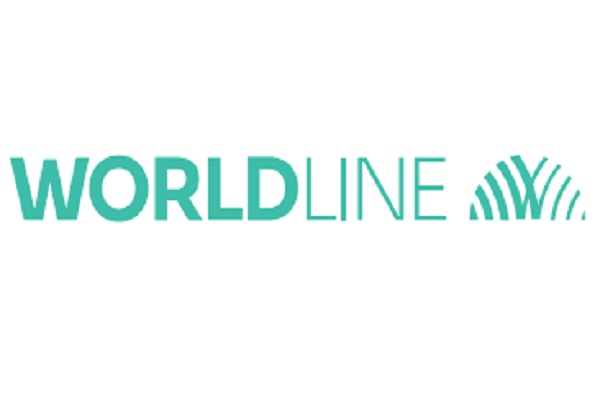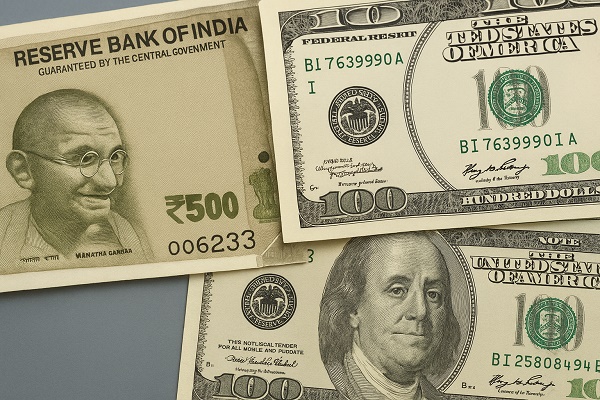Gold Outlook - December 2021 By Chirag Mehta, Quantum Mutual Fund

Below is the Gold Outlook - December 2021 By Mr. Chirag Mehta, Sr. Fund Manager-Alternative Investments, Quantum Mutual Fund
Growing unease that inflation will slow the economy and sabotage the stock market rally led gold to 5-month highs in November flirting with the $1900 mark levels. Then in a dramatic reversal, the metal temporarily retreated below the $1800 level as the dollar strengthened only to end the month at $1774.5 an ounce, a decline of 0.5% for the month. The rupee depreciated by 0.4%, supporting domestic prices. The emergence of the Omicron variant has started impacting the economy to what earlier was assumed to be a post-Covid world and is seen clearly putting support for gold while other asset markets see some money taken off the table to assess the real impact.
In October, the Fed said the US economy was doing well enough to begin tapering its monthly asset purchases starting November. They anticipate the tapering process to be completed by mid-2022. The central bank also assured markets that it will raise interest rates only after it is done tapering its asset purchases. Since the Fed released that monetary policy statement, the US consumer inflation print came in at 6.2% - the highest in 3 decades. This was bullish for gold prices, as it was clear that the central bank would remain behind the inflation curve, keeping real rates lower for longer. But hawkish comments from some Federal Reserve members, including chair Powell and vice-chair Clarida about increasing the pace of tapering caving into inflation pressures which they earlier shrugged as transitory, led to some bids coming off gold.
The other development at the Fed that hurt prices was the renomination of Jerome Powell for a second term. When it comes to central bankers, investors generally prefer continuity, which propelled US Treasury yields which in turn fueled the dollar and weighed down the gold prices.
With central bankers responding differently to higher inflation - the US talking about aggressive tapering now vs the Eurozone saying it is still some time away from that, the dollar is set to strengthen further at the expense of the Euro as investors look for higher yields. This will be a headwind for gold in the short term.
However, fears of inflation remain on the table as global inflation figures hit multidecade highs. This is clearly evident in Feds action as they dropped the word transitory as they observe inflation to be more entrenched and thereby looking to be aggressive in their tapering plans despite the uncertainty to growth from the new Covid variant. While gold is a preferred instrument to hold during times of higher inflation, speculation that the Federal Reserve will be forced into a faster-than-expected rate hike has led to a tug of war between gold on one side and Treasury yields and the dollar on the other. However, it may not be so easy to balance out the headwinds to growth from tighter liquidity and higher interest rates. In addition, gold has also been weighed down by some investors preferring Bitcoin as their inflation hedge which is far from an established trait.
Upside risks to inflation include Biden’s $1 trillion infrastructure bill which will pump new cash into the economy. Also supporting gold is the fact that both Powell and the newly nominated vice-chair Lael Brainard are believed to be dovish. Across the Atlantic, Eurozone policymakers do not want to rush into premature tightening believing that supply-driven inflation shocks are transitory. While it is true that the inflation spike in part is due to supply-chain bottlenecks, which is limiting the supply of goods, but at the same time demand too has shot up. That demand comes amid generous central bank printing and government spending, which continues as of now. Inflation dynamics thus continue to be supportive of gold.
After disappearing for a few months, new Covid variants and spikes are back in the headlines. We are seeing a resurgence of Covid cases in Europe with more countries implementing restrictions and partial lockdowns to curb rising infections. Naturally, the worry for investors is that the US could soon follow a similar path, with cases ticking higher in the US as well. The Botswana variant – named as the omicron, a new threatening variant of the coronavirus has refreshed fears of a lingering health crisis and slowing growth and will keep investors interested in the precious metal. The relative dovish Powell seems already cautious. Powell says that the appearance of a new COVID19 variant could slow the economy and hiring, while also raising uncertainty about inflation suggesting that Feds tightening may not be on a set path. Any policy u-turn from the current aggressive stance towards tightening should bode well for gold.
While the US has announced the release of millions of barrels of oil from strategic reserves in coordination with China, India, South Korea, Japan and Britain in order to cool oil prices, OPEC has responded by threatening to reduce production to offset the higher supply as it believes that global oil demand is still under pressure from the Covid variants and resulting economic restrictions. This translates into continued high energy prices and higher global inflation which is a supportive environment for gold prices.
China continues to struggle with an energy crisis and a zero-tolerance policy toward Covid-19 dragging down domestic activity. The economy only grew 4.9% in the third quarter, a sharp drop from a 7.9% expansion in the second quarter. At the same time, vulnerabilities in the real estate sector, which accounts for about a quarter of China’s GDP, are further impacting the world’s second-largest economy, dragging down global growth. This weakness in global growth will be further exacerbated by central bankers beginning to unwind stimulus as inflation gets out of hand. A stagflationary scenario is bullish for gold.
The Turkish lira depreciated sharply in the month. This is giving rise to fears of the spread of a currency crisis to other countries with dollar-denominated debt. Gold, which is a monetary asset, may flourish if a currency or debt crisis unfolds. While the price action in gold will majorly be determined by how inflation and Fed policy shape up, it is prudent to hold the strategic asset class in these times of uncertainty plagued economic and health dispersion.
To Read Complete Report & Disclaimer Click Here
Above views are of the author and not of the website kindly read disclaimer










Tag News
More News

Quote on Gold 09th December 2025 by Jateen Trivedi, VP Research Analyst - Commodity and Curr...









